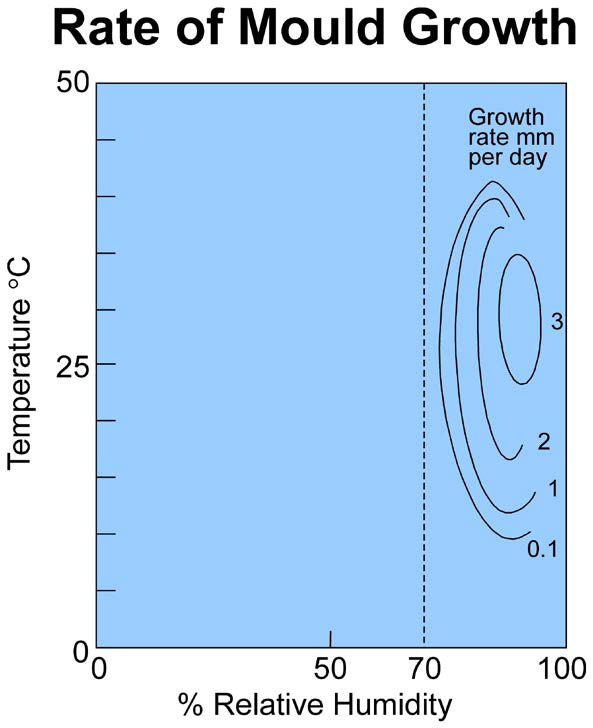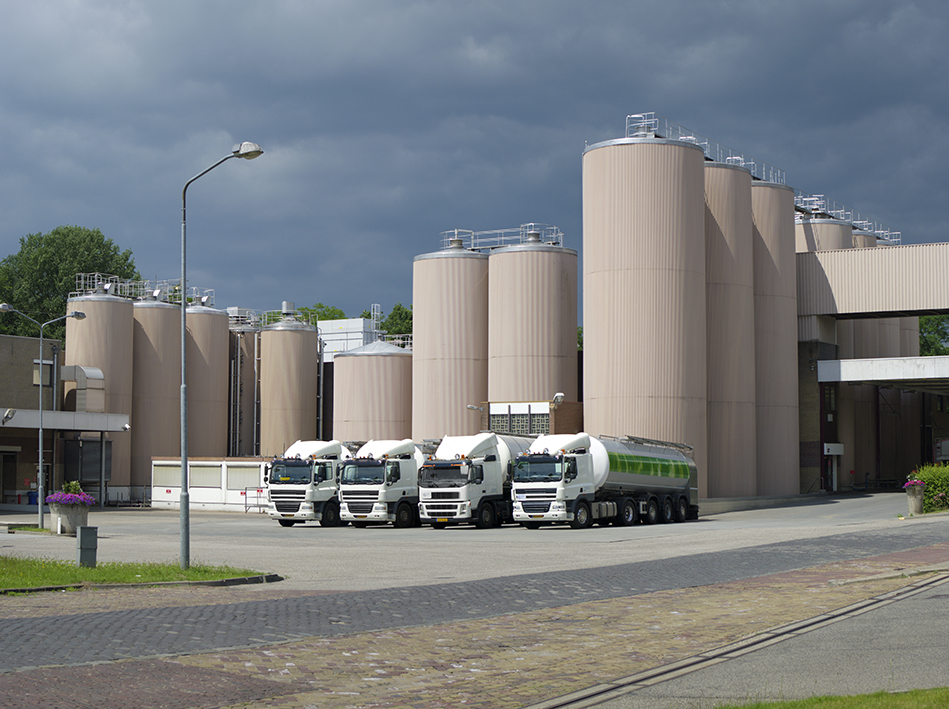Virhe occursed kun lähettää viestin, yritä myöhemmin uudelleen
Liiketoiminta-alueet
Kirjaudu sisään
Teollisuuden alat
-
Maatalous
- Autoteollisuus
- Battery
- Kemianteollisuus
-
Liike- ja julkiset rakennukset
- Ilmankuivaus rakennustyömaillla
- Data centers
-
Maanpuolustus ja ilmailu
-
Elektroniikka- ja sähköteollisuus
-
Elintarviketeollisuus
-
Teollisuus ja tuotanto
-
Kasvihuoneet
-
Terveydenhoito
- Öljy, kaasu ja polttoaineet
- Lääketeollisuus
-
Sähköntuotanto
- Selluloosa, paperi ja painaminen
-
Virkistys ja vapaa-aika
-
Vähittäiskauppa ja supermarketit
-
Laivanrakennus ja meriteollisuus
- Terästeollisuus
-
Varastointi, säilyttäminen ja arkistot
- Tilapäisiset rakennukset
- Vesi ja jätevesi
Toimialat
- Liike- ja julkiset rakennukset
- Cold storage
- Lämpötilan ja kosteuden hallinta
-
Jäähdytys
-
Data center cooling
- Ilmankuivaus
-
Drying Rooms
- Energian talteenotto
-
Farm-management
-
Lämmitys
-
Kostutus
-
Mist Elimination and Gas Liquid Separation
- Pisaranerottimet
- Ilmansaasteiden hallinta ja VOC-yhdisteiden poistaminen
- Spray drying
-
Ilmaston hallinta
- Huolto
- High-Temperature
-
Mass Transfer
- Air Cleaners for Agriculture
- Climate and Irrigation Controllers for Agriculture
- Energian talteenottoratkaisut
- Ilmankuivaimet
- Ilmanotot/ilmanpoistot
- Jäähdyttimet ja ilmankostuttimet
- Kulkeutuminen
- Lämmittimet
- Pisaranerottimet
- Puhaltimet ja valosuodattimet
- Saasteiden ja VOC-päästöjen hallinta
- Yhdistetty lämpötilan ja ilmankosteuden hallinta



